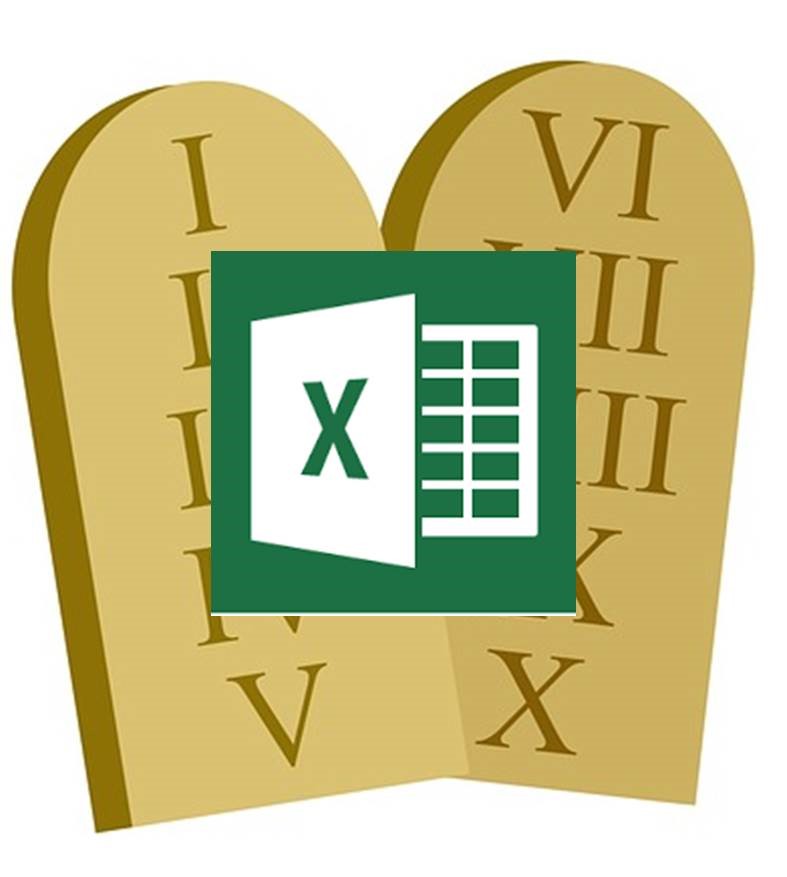10 Commandments of Spreadsheet Collaboration
Escape the Hell of Bad Spreadsheets

Escape the hell of bad spreadsheets....
Data literacy is an essential skill in today's economy. Analysts commonly spend the majority of their day cleaning data.
No matter your company or industry, you probably use Excel.
Many of the greatest pains in sharing spreadsheets can be fixed with a few pointers.
In this course I walk through my 10 Commandments of Spreadsheet Collaboration -- what not to do with spreadsheets, and what to do when you see problems.
George Mount
Introduction
What Do You Gain from this Course?
I. Have No Other Formats Before Excel
II. Send the Spreadsheet Ready to Print
III. Do Not Send the Spreadsheet in Page Break Preview
IV. Do Not Send the Spreadsheet with Multiple Worksheets Selected
V. Use a Primary Key in Your Workbook
VI. Identify Inputs, Calculation, and Outputs
VII. Be Explicit About Hidden Data
VIII. Use Cell Anchoring
IX. Align Column Labels with Data
X. Do Not Hardcode Values That May Change
Next Steps
Resources